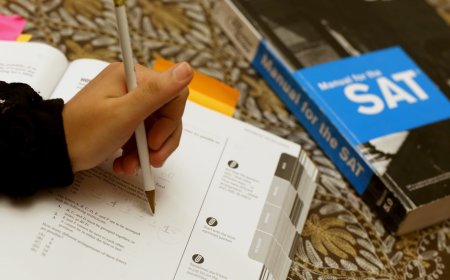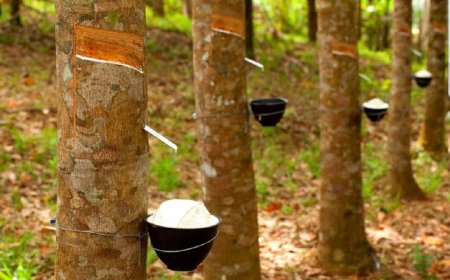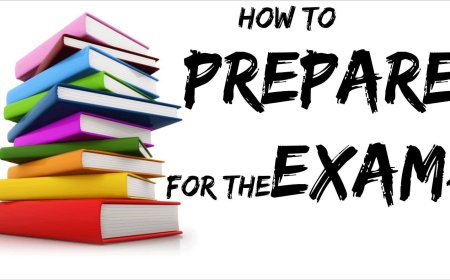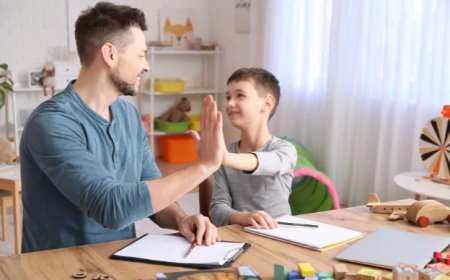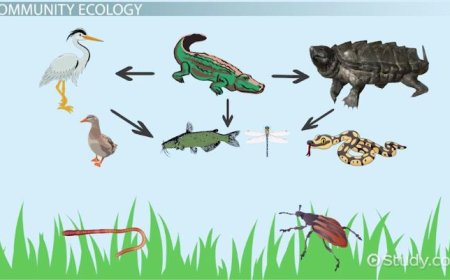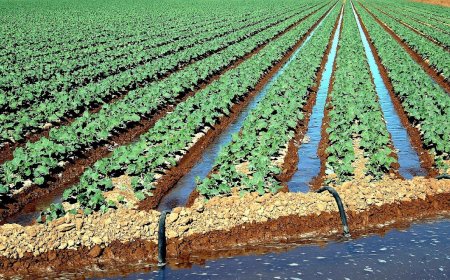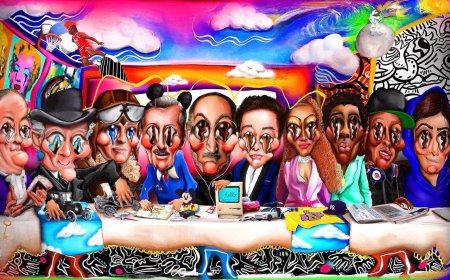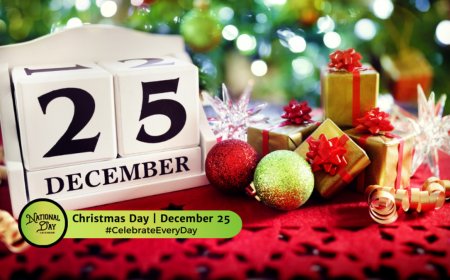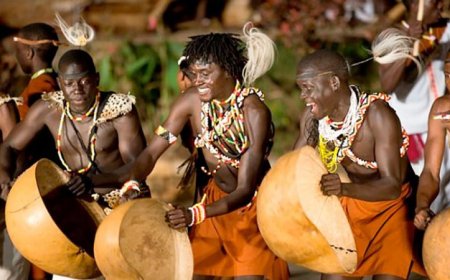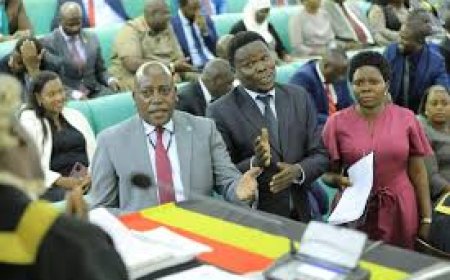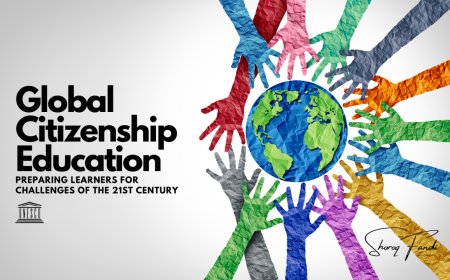Grade-by-Grade: What Students Learn in Canadian Classrooms
In Canada, students are taught a wide variety of subjects such as English language arts, math, science, social studies, and the arts. While each province has its own curriculum, the overall focus is on helping students build strong communication, critical thinking, and problem-solving skills.

Education is one of the cornerstones of Canadian society. While each province and territory manages its own school system, there is broad consistency in the structure and core expectations of what students learn across the country. This guide provides a detailed look at what Canadian students typically learn from Kindergarten through Grade 12, helping parents, educators, and students understand the academic journey and key developmental milestones.
Understanding Canada’s Education System
Canada’s education system is decentralized. Each province and territory creates its own curriculum and sets its own policies. However, all follow a similar grade-based progression, and students across the country study common subjects like English/French language arts, math, science, social studies, and physical education.
Common Structure:
- Kindergarten (Junior and Senior): Ages 4–5
- Elementary School: Grades 1–6 or 1–8 (varies by province)
- Middle School/Junior High: Grades 7–8 or 7–9
- High School: Grades 9–12 (or Grades 10–12 in Alberta and some others)
Schools offer a mix of academic, practical, and creative subjects to nurture well-rounded students. Special programs like French Immersion, Indigenous education, and STEM-focused learning are also available in many districts.
Kindergarten (Ages 4–5)
Kindergarten is the start of formal education for most Canadian children. It is not mandatory in all provinces, but attendance is high. The curriculum emphasizes play-based learning and holistic development.
What Students Learn:
- Language Development: Recognizing letters and sounds, beginning to form words, listening to stories, learning to speak in sentences.
- Early Math: Counting, number recognition, basic patterns, introduction to shapes and measurement.
- Social Skills: Cooperation, sharing, emotional regulation, following instructions.
- Creative Play: Building with blocks, dramatic play, singing, and drawing.
- Motor Skills: Fine motor (cutting, writing), gross motor (running, jumping).
Purpose:
The goal is to build a solid foundation for learning in a fun and engaging way. Children learn routines, develop attention spans, and build confidence in a group setting.
Grades 1–3: Early Primary Years
These are the foundational years of academic learning. Children move from play-based learning to more structured instruction, especially in reading, writing, and arithmetic.
Language and Literacy:
- Reading simple books independently
- Understanding main ideas and details
- Spelling common words
- Writing full sentences and short stories
- Beginning grammar: punctuation, capitalization
Mathematics:
- Addition and subtraction facts to 20 and beyond
- Understanding place value (ones, tens, hundreds)
- Simple word problems
- Introduction to time and money
- Measurement (length, weight)
Science:
- Life sciences (plants, animals, seasons)
- Earth science (weather, natural materials)
- Simple experiments and observations
Social Studies:
- Understanding family and community roles
- Learning about Canadian symbols and holidays
- Mapping skills and basic geography
- Rules, responsibilities, and fairness
Physical and Health Education:
- Motor skills, team games, and body awareness
- Nutrition and personal hygiene basics
The Arts:
- Drawing, painting, crafts
- Singing, rhythm activities
- Simple drama and storytelling
Grades 4–6: Middle Elementary
This stage introduces more complex concepts and greater academic independence. Students are expected to read to learn, not just learn to read.
Language Arts:
- Reading longer chapter books
- Summarizing, identifying themes and characters
- Expanding vocabulary through reading and discussion
- Writing organized paragraphs and essays
- Editing and revising drafts
Mathematics:
- Mastery of multiplication and division
- Fractions and decimals
- Geometry: shapes, symmetry, area and perimeter
- Introduction to data collection and graphs
- Solving multi-step problems
Science:
- Human body systems and habitats
- Forces and motion
- Weather and climate
- Introduction to scientific inquiry and data collection
Social Studies:
- Early Canadian history and First Peoples
- Citizenship and government roles
- Exploration of regions and natural resources
- Interdependence of communities
Technology:
- Keyboarding and basic computer use
- Safe internet practices
- Some provinces introduce coding
French or Second Language Learning:
- Vocabulary building and basic conversations
- Listening and reading comprehension
Grades 7–8: Junior High / Intermediate Years
These grades act as a bridge between elementary and high school. Students tackle more challenging material and develop deeper critical thinking skills.
Language Arts:
- Analyzing short stories, novels, and articles
- Writing essays with clear arguments
- Developing voice and tone in writing
- Oral presentations and debates
- Understanding bias and author perspective
Mathematics:
- Proportional reasoning and percentages
- Pre-algebra concepts (variables and equations)
- Graphing linear relationships
- Surface area and volume
- Probability and statistics
Science:
- Cells, body systems, and genetics
- Basic chemistry (states of matter, reactions)
- Energy, light, and sound
- The scientific method in structured labs
Social Studies:
- Canadian political systems and civic responsibilities
- Exploration of world history and cultures
- Colonization and its effects
- Rights and freedoms in Canadian society
Career and Life Education (varies by province):
- Introduction to career planning
- Financial literacy
- Goal-setting and decision-making skills
Arts and Physical Education:
- Team sports and personal fitness
- Dance and movement
- Advanced visual arts and music theory
Grades 9–12: High School
High school offers more subject choices and academic pathways. Students earn credits toward a diploma and can choose courses based on interests, strengths, and post-secondary goals.
Core Subjects (Required):
English/French Language Arts:
- In-depth literary analysis (novels, plays, poetry)
- Research skills and citation
- Creative and academic writing
- Media studies: advertising, film, digital literacy
Mathematics:
- Foundations: practical math for everyday life
- Pre-Calculus: advanced algebra and functions
- Calculus: for university-bound students
- Data Management: statistics and probability
Science:
- Biology: ecosystems, cell division, genetics
- Chemistry: atoms, bonding, chemical reactions
- Physics: motion, forces, energy, electricity
- Environmental Science: sustainability, climate change
Social Studies:
- Canadian History and Geography
- World Issues, Law, Politics
- Indigenous perspectives and reconciliation
- Philosophy and Ethics (in some provinces)
Optional and Elective Courses:
- Business: marketing, entrepreneurship, accounting
- Technology: coding, robotics, computer science
- Trades: automotive, construction, culinary arts
- Visual and Performing Arts: band, theatre, photography
- Health and Physical Education: fitness, wellness, leadership
Career Preparation:
- Career and Life Management (CALM)
- Cooperative Education (work placements)
- College and university application guidance
- Résumé building and job interview practice
Special Programs and Language Learning
French Immersion:
- Offered widely outside of Quebec, starting as early as Kindergarten.
- Subjects like math and science are taught in French.
- Aimed at full bilingualism by high school graduation.
Indigenous Education:
- Focus on incorporating Indigenous worldviews and content across subjects.
- Topics include treaties, Indigenous rights, and cultural appreciation.
Special Education:
- Personalized supports for students with disabilities or learning differences.
- Individualized Education Plans (IEPs) guide modifications and accommodations.
English Language Learners (ELL):
- Support programs for newcomers or non-native English speakers.
- Emphasis on vocabulary development, reading comprehension, and integration.
Technology in Canadian Classrooms
Technology is increasingly part of daily learning. Most schools use digital tools like Google Classroom, Smartboards, and online assessments.
Common Digital Skills Taught:
- Keyboarding and document creation
- Safe internet use and digital citizenship
- Introductory coding and robotics
- Online research and information literacy
Final Thoughts: Why a Grade-by-Grade Guide Matters
Understanding the grade-by-grade progression helps everyone involved in education—from parents to policymakers—support student success. While local variations exist, Canadian schools share a commitment to nurturing literate, numerate, and socially aware young citizens.
Whether you're preparing a child for Kindergarten or helping a teen navigate high school choices, this breakdown offers a practical view of what to expect each step of the way. And as curriculum evolves to reflect a changing world, keeping informed remains one of the best ways to support a child’s educational journey.
Frequently Asked Questions (FAQs)
How is the Canadian school system structured?
Canada’s school system is divided into three main levels:
- Elementary school: Kindergarten to Grade 6 or 8
- Middle school or junior high (in some provinces): Grades 6–9
- High school: Grades 9–12 (Grades 10–12 in Alberta and some others)
Each province and territory sets its own curriculum, but the overall structure is consistent across Canada.
Is kindergarten mandatory in Canada?
Kindergarten is not mandatory in all provinces, but it is widely available and strongly encouraged. Most children attend at least one year of kindergarten (either Junior or Senior Kindergarten) before entering Grade 1.
Do students across Canada learn the same subjects?
The core subjects language arts, math, science, social studies, and physical education are taught in every province and territory. However, the specific content, teaching methods, and course names may vary by jurisdiction.
What languages are used for instruction?
Most schools teach in English or French, depending on the region. In Quebec, French is the primary language of instruction. French Immersion programs are common across Canada, and many schools also offer Indigenous language programs or support for English Language Learners (ELLs).
What is French Immersion?
French Immersion is a program where students are taught in French for most or all subjects. It aims to make students fluent in both of Canada’s official languages. These programs often begin in Kindergarten or Grade 1 and continue through high school.
Are there standardized tests in Canada?
Yes, but they vary by province. Most provinces have standardized assessments at key points such as:
- Grade 3 or 4 (reading, writing, math)
- Grade 6 (literacy and numeracy)
- Grade 9 or 10 (math)
- Grade 12 (provincial exams for graduation)
How do high school credits work?
High school students must earn a set number of credits to graduate, usually around 30 credits, depending on the province. Credits are earned by passing courses. Some are mandatory (like English and math), while others are electives.
What support is available for students with learning needs?
All provinces offer special education services. Students with learning disabilities or special needs may receive Individualized Education Plans (IEPs) and support from specialists such as resource teachers, psychologists, and speech therapists.
Do students get career guidance in high school?
Yes. Most high schools offer career and life planning programs, guidance counselling, and cooperative education placements. These help students prepare for post-secondary education, apprenticeships, or direct entry into the workforce.
What is the school year in Canada?
The school year typically runs from early September to late June, with breaks in December (Winter Break) and March (Spring Break). Some schools offer year-round calendars, but this is rare.
Can newcomers enroll their children in public schools?
Yes. Newcomers to Canada can enroll their children in public schools. Public education is free for residents up to the end of high school. Many schools have programs to support English language learners (ELLs) and help families integrate into the system.

